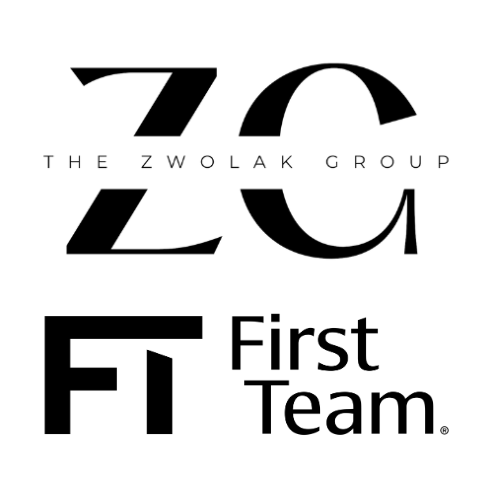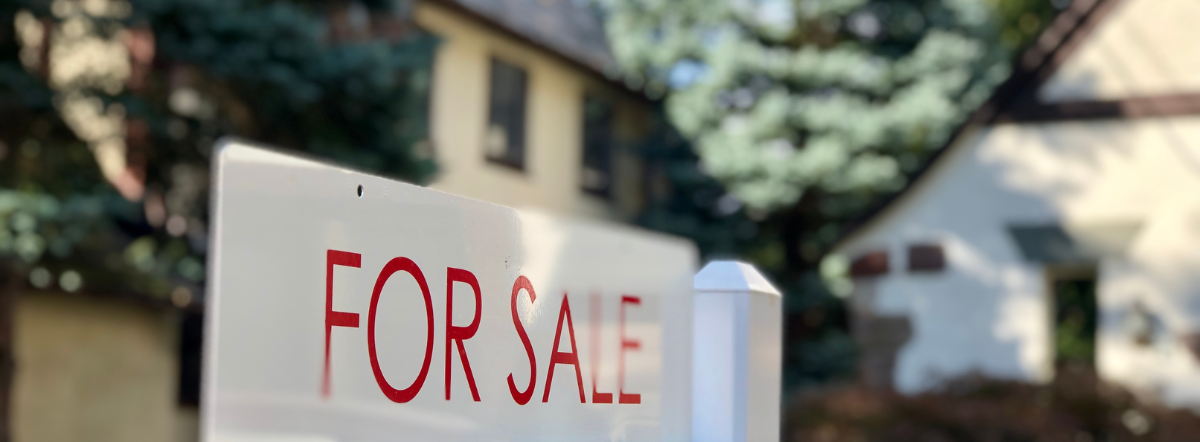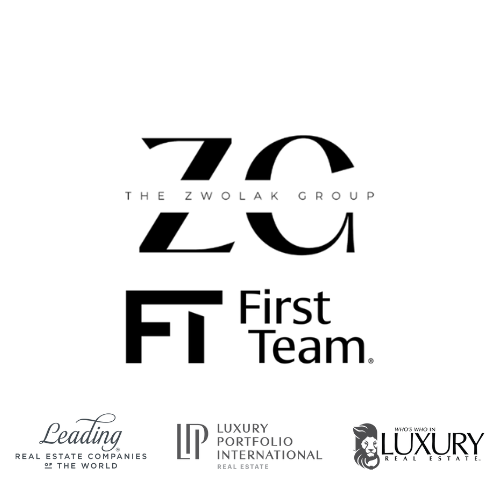Following a historic peak in May 2022, home values experienced a continuous decline for seven consecutive months, concluding in December. However, at the beginning of the year, the inventory of available homes decreased as interest rates fell from their late 2022 highs. Although home affordability saw a slight improvement, the shortage of available homes became a significant concern, particularly in the lower price ranges. The constrained supply overshadowed the affordability issue, leading to a resurgence in home values throughout 2023, surpassing the peak observed in May 2022. In 2022, the Federal Reserve increased the Federal Funds Rate from 0 to 4.5%, followed by another hike to 5.5% in 2023. Inflation, which stood at 6.4% in December 2022, eased to 3.1% by November 2023. With inflation on a downward trend, there is a perception that the current Federal Funds Rate is overly restrictive. Consequently, the Federal Reserve suggests the need for several rate cuts in the coming year to avoid excessively slowing down the economy and potentially triggering a recession. Despite the United States economy displaying resilience supported by a robust labor market, abundant job openings, low unemployment, and increasing consumer spending, concerns are emerging. Consumer savings rates are at their lowest levels since 2009, the surplus savings from pandemic stimulus checks are depleting, and credit card debt has surged. As a result, the economy is poised for a cooling period. A subdued economy typically leads to a drop in mortgage rates, resulting in a more active housing market. The timing of the housing market’s resurgence next year depends on when the broader economy begins to cool. The forecast outlines three potential scenarios: a cooling in the spring, summer, or fall.
Scenario 1 – Economy Cools During the Spring (50% chance)
- Interest Rates – Look for mortgage rates to drop to between 6% and 6.5% when the economy cools and inflation continues to ease. As the U.S. economy weakens yet does not slip into a deep recession, expect rates to fall below 5% during the year’s second half.
- Active Inventory – after starting the year with less than 1,700 homes, the second lowest start to a year since tracking began in 2004, only behind 2022, the inventory crisis will continue. It will reach a low peak of only 2,500 homes during the summer, well below the over 7,000 home peak average before COVID. As mortgage rates improve, the “Hunkering Down” effect, where homeowners opt to stay in their homes due to their underlying fixed low mortgage rates, will diminish. More homes will enter the fray starting in the spring.
- Demand – buyer demand will pick up substantially during the Spring Market. As rates remain below 6.5% with duration, the housing market will heat up, similar to the COVID years between 2020 and the first half of 2022, due to increased affordability. Multiple offers and bidding wars will prevail and buyers will be willing to stretch in price to secure a home.
- Closed Sales – the number of successful closed sales will increase by 16% to 23% compared to 2022, with around 24,000 total.
- Home Values – home values will rise between 4% to 7% for the year.
Scenario 2 – Economy Cools During the Summer (45% chance)
- Interest Rates – mortgage rates will bump between 6.5% and 7.5% for the first five months of the year until the economy noticeably cools during the summer. From there, look for mortgage rates to drop to between 6% and 6.5% when the economy cools and inflation eases. As the U.S. economy weakens yet does not slip into a deep recession, expect rates to fall below 5% at the end of the year.
- Active Inventory – after starting the year with less than 1,700 homes, the second lowest start to a year since tracking began in 2004, only behind 2022, the inventory crisis will continue. It will reach a low peak of only 3,000 homes during the summer, well below the over 7,000 home peak average before COVID. As mortgage rates improve, the “Hunkering Down” effect, where homeowners opt to stay in their homes due to their underlying fixed low mortgage rates, will diminish. More homes will enter the fray starting in the summer.
- Demand – buyer demand will be sluggish during the Spring Market as rates bounce between 6.5% and 7.5%. It will pick up substantially during the Summer Market when rates drop. As rates remain below 6.5% with duration, the housing market will heat up, similar to the COVID years between 2020 and the first half of 2022, due to increased affordability. Multiple offers and bidding wars will prevail and buyers will be willing to stretch in price to secure a home.
- Closed Sales – the number of successful closed sales will increase by 12% to 18% compared to 2022, with around 23,000 total.
- Home Values – home values will rise between 1% to 4% for the year.
Scenario 3 – Economy Cools During the Fall (5% chance)
- Interest Rates – mortgage rates will bump between 6.5% and 7.5% for the first eight months of the year until the economy noticeably cools during the autumn. From there, look for mortgage rates to drop to between 6% and 6.5% with a cooler economy and easing inflation. Mortgage rates will remain above 6% for the year.
- Active Inventory – after starting the year with less than 1,700 homes, the second lowest start to a year since tracking began in 2004, only behind 2022, the inventory crisis will continue. It will reach a low peak of only 3,500 homes during the summer, well below the over 7,000 home peak average before COVID. As mortgage rates improve, the “Hunkering Down” effect, where homeowners opt to stay in their homes due to their underlying fixed low mortgage rates, will diminish. More homes will enter the fray starting in the autumn.
- Demand – buyer demand will be sluggish during the Spring and Summer Markets as rates bounce between 6.5% and 7.5%. It will pick up during the Autumn Market when rates drop. As rates remain below 6.5% with duration, the housing market will heat up due to increased affordability. Multiple offers and bidding wars will prevail. Buyers will not be willing to stretch much above the purchase price all year.
- Closed Sales – the number of successful closed sales will increase by 10% to 14% compared to 2022, with around 22,400 total.
- Home Values – home values will drop between 0% to 3% for the year.
Additionally, the housing market will follow a typical housing cycle. Spring is the strongest in terms of demand, followed by the Summer Market, then the Autumn Market, and finally the Holiday Market. Luxury housing will be sluggish and will continue to transition to normal, longer market times, often taking months to procure a sale. The Spring Market will be the strongest for luxury and become sluggish and susceptible to Wall Street volatility during the year’s second half. Finally, do not expect a wave of foreclosures and short sales. Distressed properties are still far below pre-pandemic levels, and homeowners are sitting on mountains of equity. The bottom line is that the economy will cool sometime in 2024. When that occurs, rates will drop, and the housing market will heat up. No matter what, there will be more homeowners opting to sell their homes, pending sales will increase and surpass 2023 levels, and there will be more closed sales. How hot the housing market gets in 2024 depends upon when the overall economy downshifts.
Courtesy of Steven Thomas, Reports on Housing





